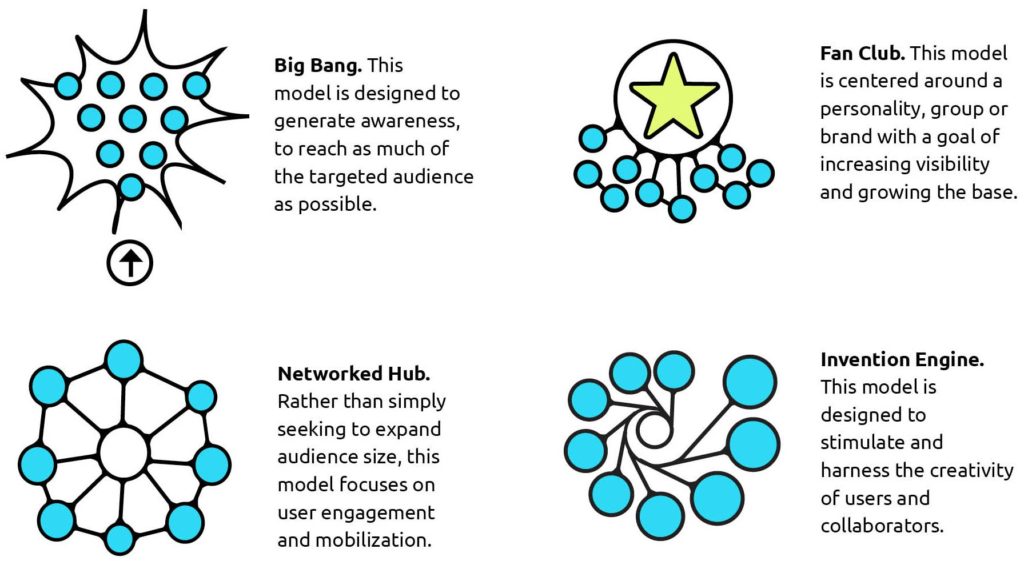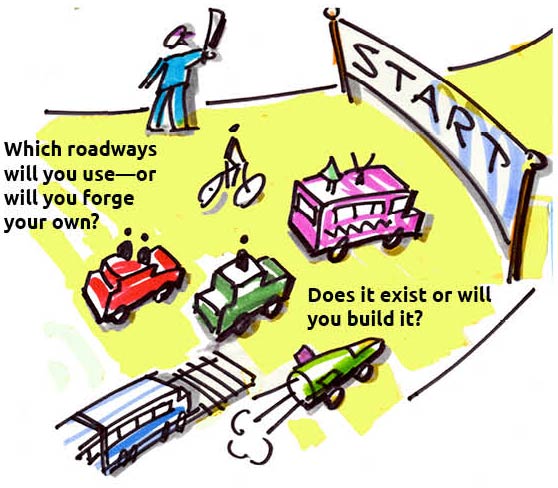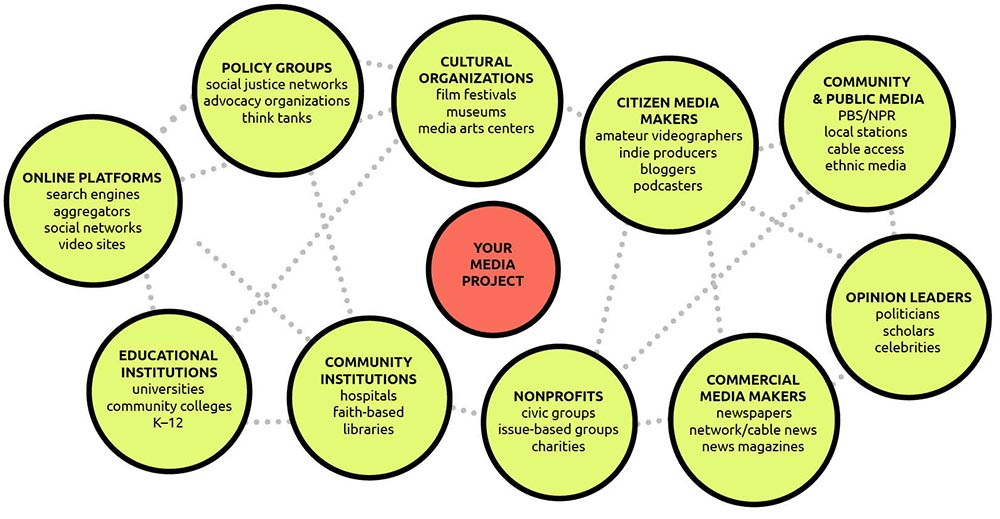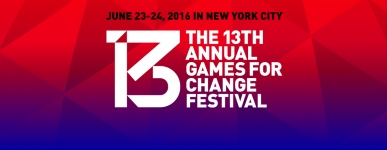Join us in Scotland on August 4th for the first joint convening of the Digital Games Research Association (DiGRA) and the Foundations of Digital Games conference (FDG):

Our session is: “Increasing coherence in ‘impact’: crossing disciplines and framing.” We’ll be presenting alongside talks by Jesper Juul and Hanli Geyser at 4pm.
EXTENDED ABSTRACT:
In the past decade game design for “impact” has proliferated. Yet fragmentation is also growing between researchers, designers and funders in their ability to compare game proposals and communicate effectively about impact. Success in this endeavor may require new umbrella language to guide meaningful comparison and improve efficacy — especially across stakeholders. Fortunately, strategies for reducing friction and aligning design with research are surfacing.
In a report published last year by Games for Change and ETC Press (2015), we first revealed some of the hidden barriers in language and framing around “game impact.” Based on dozens of interviews with sector leaders (primarily in the United States), the report identified five areas of concern that increase confusion and undermine impact.
Findings to be discussed (and explored outside the United States) include:
- the gulf between research and practice is growing as silos begin to deepen; some types of impact are persistently marginalized by disciplinary divides;
- we need common language and new frames to compare impact across domains, especially with diverse stakeholders
- for research to affect practice, special care is needed to avoid framing research in opposition to creativity.
In response to the report, more than 30 individuals submitted formal suggestions, including some leading game studios and academics. The feedback opened new areas of inquiry. In the past several months, we identified several “risky assumptions” that may drive fragmentation. Diagnosing assumptions is more delicate and subjective than documenting fragmentation; yet it yields more actionable insights.
Continue Reading >>





 Join
Join 